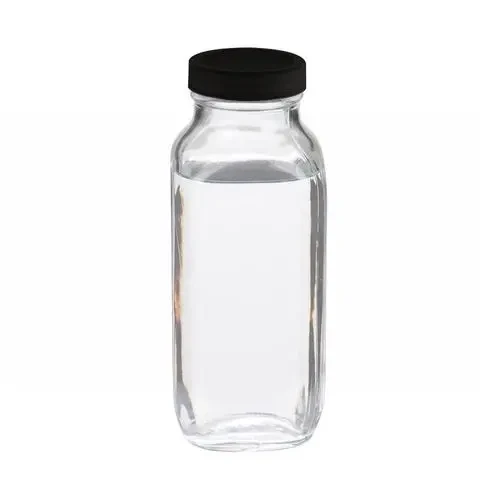The Chemistry and Applications of 4-Bromobenzotrifluoride
4-Bromobenzotrifluoride (BBT) is a colorless to pale yellow liquid that serves as an important compound in organic chemistry and industrial applications. With its molecular formula C7H4BrF3, BBT is structured with a bromine atom and three fluorine atoms attached to a benzene ring. The presence of these halogen substituents significantly influences the chemical and physical properties of the molecule, making it a compound of interest for various scientific and industrial investigations.
Chemical Properties
BBT belongs to the class of aryl halides, which are organic compounds containing an aromatic ring and one or more halogen atoms. Its melting point is around -8 °C, and its boiling point is approximately 152 °C. These properties are typical for such compounds, where halogen substitutions lead to higher boiling points due to increased intermolecular forces.
One of the notable characteristics of BBT is its reactivity. The electron-withdrawing nature of the bromine and fluorine substituents increases the positive character of the carbon atoms on the benzene ring, making them more susceptible to nucleophilic attack. This property makes BBT a valuable intermediate in organic synthesis, particularly in the creation of more complex fluorinated organic compounds.
Synthesis of 4-Bromobenzotrifluoride
The synthesis of BBT typically involves the introduction of bromine and trifluoromethyl groups into a benzene ring. One common method is through the electrophilic aromatic substitution reaction, where a benzene derivative is treated with bromine and a source of trifluoromethyl groups, such as trifluoromethyl iodide or trifluoroacetic acid, in the presence of a Lewis acid catalyst. This method allows for the selective substitution of hydrogen atoms on the benzene ring, leading to the desired product.
Applications
BBT's unique structure and reactivity make it a versatile compound with several applications across different fields.
4-bromobenzotrifluoride

1. Pharmaceuticals The presence of fluorine in organic compounds often enhances their biological activity and metabolic stability. BBT can be used as a building block in the synthesis of pharmaceuticals. Many fluorinated compounds exhibit increased potency and reduced toxicity, making BBT-derived products valuable in drug development.
2. Agrochemicals Similar to its role in pharmaceuticals, BBT can be utilized in the synthesis of agrochemicals. Fluorine-containing pesticides and herbicides tend to have improved properties such as enhanced efficacy and longer-lasting effects. BBT can serve as a precursor for the production of such agrochemicals, which are essential for modern agriculture.
3. Material Science In recent years, fluorinated compounds like BBT have garnered attention in material science, particularly in the development of advanced materials with specific properties. BBT can be used in the production of polymer materials that exhibit resistance to heat and chemical degradation. These polymers find applications in industries ranging from electronics to aerospace.
4. Organic Synthesis BBT is frequently employed as an intermediate in organic synthesis. Its structure allows for diverse chemical transformations, including nucleophilic substitutions and cross-coupling reactions. Researchers often use BBT to introduce fluorinated groups into various organic molecules, facilitating the creation of compounds with tailored properties.
Environmental and Safety Considerations
While BBT serves important roles in industry and research, it is essential to consider the environmental and safety implications of working with halogenated compounds. The production and use of BBT must be conducted with caution, as halogenated organic compounds can pose risks to human health and the environment. Proper handling, waste disposal, and adherence to regulatory guidelines are crucial to mitigate these risks.
Conclusion
4-Bromobenzotrifluoride is an intriguing compound with a diverse range of applications in pharmaceuticals, agrochemicals, and material science. Its unique chemical properties, derived from the presence of bromine and fluorine atoms, make it a valuable intermediate in organic synthesis. As research continues to evolve, the importance of BBT and similar compounds in developing new technologies and products will likely grow, highlighting the ever-relevant intersection of chemistry and industry. Understanding the properties and applications of BBT not only provides insight into its utility but also emphasizes the need for responsible management in its use.

